You have probably heard of Linux as the free alternative to Windows and OS X. It’s one of the most popular free PC operating systems out there and chances are, you are already using it without realizing. Did you know that your Android phone is powered by Linux? It is an incredibly versatile piece of code that can fit the needs of almost any user.
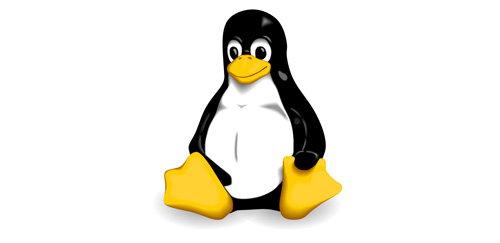
If you are looking for something different to try on the desktop besides Mac and Windows, you should really give Linux a try. Not only is it free, it is extremely customizable. Similar to Android on the smartphone, you can customize Linux to your heart’s content. But let’s not get ahead of ourselves. In order to get into Linux, there are probably a few things you should know first before diving in. In this guide, we will cover what you should know about a Linux operating system on the desktop.
Recommended Reading: Elementary OS Luna: The Linux Distro That Works Like Mac OS
1. What Is Linux?
When someone mentions Linux, it’s always in conjunction with another name, e.g. Fedora Linux, Ubuntu Linux, Android powered by Linux; the list goes on and on. What exactly is Linux anyway? ‘Linux’ refers to the Linux kernel, which is a program that interfaces between the application software and the hardware of a computer. What they all have in common is that they all use the same kernel as the interface between software and hardware. In cases where the computer is referred to as ‘running Linux’, it is running an OS with Linux as the kernel.
Some of you may encounter some people insisting that it be called GNU/Linux. This refers to the fact that most of the operating systems that uses Linux gets a large portion of their code from the GNU Project, without which, the Linux kernel itself cannot function. Calling it GNU/Linux is a way to give credit where credit is due. For the sake of simplicity, we will refer all operating systems using the Linux kernel as Linux.
2. Why Is It Free?
Most people know Linux as the free operating system, free here meaning free of charge. That’s right, free of charge, but it also refers to free speech. What this means is that the source code for Linux is available for everyone to view, study and modify, along with sharing their changes with anyone who would like a copy.

Compare this to Windows and OS X which, while still popular, are closed source, cannot be studied and cannot be distributed freely. This open nature is one of the main reasons that Linux derived operating systems have been successful, with many people and companies creating their own derivative versions of Linux.
3. What Is A Distro?
A ‘distro’ refers to a distribution of the Linux Operating System, where a person, group or company builds upon Linux and releases it under their name. Examples of popular Linux distros include Ubuntu, Fedora, OpenSUSE, among others. While all of them use the Linux kernel, they are all different with what software they include. From the the default software to even the user interface and experience, no two distros are alike.
Each distro brings something different to the table, offering up specific features for specific user sets. However, for a beginner, it is best to start simple, with a distro that offers a simple user experience for people that are new to Linux. The most recommended Linux distro for beginners would be Ubuntu Linux, as it is relatively easy to set up and use and has a lot of support.
4. Will My Hardware Support It?
It used to be that hardware support for Linux was spotty at best, with many components and peripherals not working properly or not working at all. Fortunately, most of that is in the past with the majority of Linux distros being able to run on modern hardware with little to no problem. So chances are your hardware will be able to run it.
I say ‘little to no problem’ because there may be times when you might run into an issue or two. While the Linux community have done an amazing job in making sure that the OS will be able to use your hardware, it may still not run. You will have to shoot down for a troubleshooting guide or hope that the manufacturer has provided a proprietary Linux driver for the hardware.
5. Can I Try Before I Install It?
The great thing about most Linux distros is that you are able to try them before installing what you like on your computer. Linux providers provide you with an easy way to try out the OS by way of a Live CD. Download an ISO, burn it, and from there you can boot from the disc so that you can try out a distro before committing to it.
If you decided not to install Linux but the idea of carrying a spare OS around with you sounds useful (and really there are many cases where you might want one), you can create a Live USB. Just like a Live CD, a Live USB is a bootable USB drive that can boot Linux on most computers. This way you can have the Linux experience without installing over your computer’s OS.
6. What Is A Desktop Environment?
As you may have noticed when looking over all the various distros, not all Linux Operating Systems have the same look. This is because they are using different desktops environments such as GNOME, KDE, Unity, etc. This is similar to Aero for Windows 7 or Aqua for OS X; they govern the overall ‘look and feel’ of the operating system and the way you use them, having different features and ways of getting things done.
The most popular of the desktop environments and the one’s that most distros ship with are GNOME and KDE. As with everything about Linux, if you don’t like something, you have the freedom to change it. If your chosen distro comes pre-installed with an environment that doesn’t suit your taste, you can install your own preferred one instead.
7. Can I Run My Old Windows/Mac Apps?
There is currently no way of running any of your Mac apps on Linux but there is a way to run some of your Windows apps. This is done through the use of a program called Wine, which will allow you to run some of your Windows programs on Linux at native or near-native speed. Not all of your apps will run though, and even when they do, you may encounter some incompatibilities, such as graphical glitches or features that are not working.
Wine is free to download and install but new users may find it difficult to use. In which case there are third party tools that make using Wine much easier to use and are preconfigured to make running certain Windows software much smoother on Linux, a prime example being CrossOver Linux.
Read Also: Wine + 6 Other Apps To Run Windows Programs On Other Platforms
8. How Do I Get Apps?
Now that you have a fresh install of Linux, naturally you will want to look at the apps it has to offer. Installing apps on Linux is a different experience compared to Windows or Mac. Unlike the two, where you have to hunt down an EXE or DMG, on Linux you will have to search through your distro’s repository to find what you are looking for.
Most of the distros make it easy by having a GUI for you to navigate; Ubuntu easier still by creating their own app store. Sometimes you may not find what you are looking for in the repository, in which case all you have to do is add another repository that contains the item you seek. Updating is also easier due to the repository system, as the OS can find and update all of your installed apps in one go, instead of one at a time.
9. How Do I Get Support?
Just like when you first started using Windows or OS X, you have a few things to learn when starting to use Linux. The good thing is that nowadays Linux is pretty simple to figure out in terms of how to install and use, as most distros have focused on ease of use for the end user. If the majority of your computing task is relatively simple, i.e. web browsing, word processing, chances are Linux will pose no trouble at all.
However, there may be times when you need a little help with your operating system. Never fear as Linux has a large fan base and community ready to help you on any issue that you may encounter. Most of the time, troubleshooting Linux will not be that hard, as many can be resolved by typing in something in a command line, of which the community will help you with step-by-step.
10. Can I Still Run My Old OS?
So you’ve installed Linux and while you feel it’s a great OS, you find that there are some things that are just better on your previous one. Usually this pertains to games and and other apps you cannot run on Linux or Wine. The good news is that you can still have the open goodness of Linux alongside your favorite OS. This is done by either using a virtual machine or dual booting.
With virtual machines, you get the best of both worlds, running Linux and your default OS at the same time. You could either run Linux or your OS in a virtual machine, depending on which you use more, as this method can eat up your systems resources. On the other hand, you have dual booting, where you run one OS at a time but can switch between them with a reboot. Either method is great depending on what you need and you can switch to Linux without worrying about getting access to your favorite OS.
Related posts:
![]()









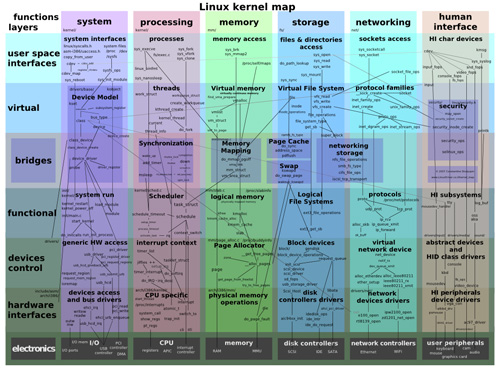
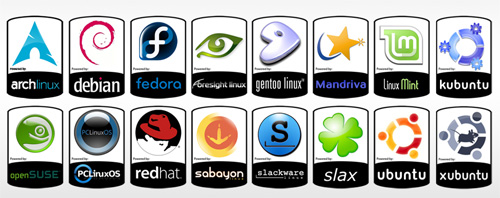

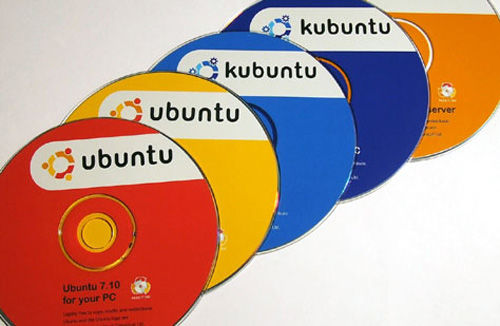


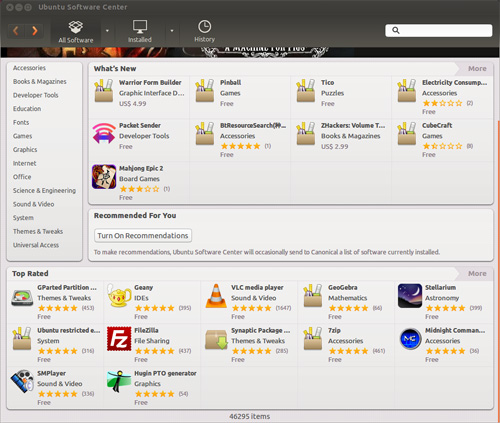



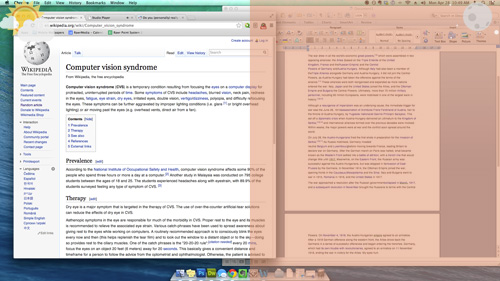
















No Comments